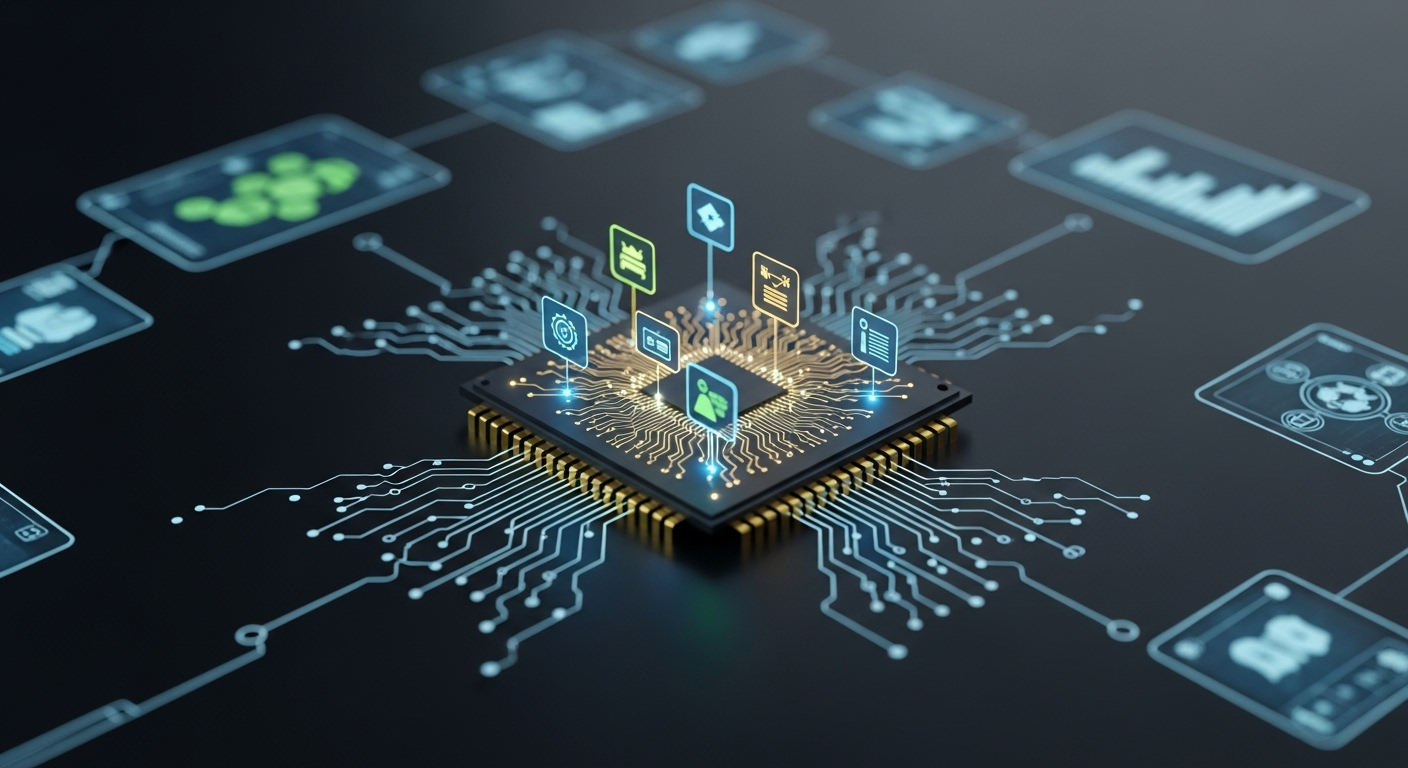Neuroplasticity-Based Cognitive Training: Reshaping the Brain for Peak Performance
The concept of a fixed, unchangeable brain is rapidly becoming obsolete. Welcome to the fascinating world of neuroplasticity-based cognitive training, where cutting-edge science meets practical brain enhancement techniques. Could reshaping your neural pathways be the key to unlocking your cognitive potential? Let's delve into this groundbreaking field that's revolutionizing our understanding of brain health and performance.

The discovery of neuroplasticity has profound implications for cognitive enhancement, rehabilitation, and overall brain health. It suggests that with the right stimulation and training, we can actively shape our cognitive abilities, potentially improving memory, attention, problem-solving skills, and even emotional regulation.
The Rise of Neuroplasticity-Based Cognitive Training
Neuroplasticity-based cognitive training encompasses a range of techniques and exercises designed to leverage the brain’s adaptability for cognitive enhancement. Unlike traditional brain training games, which often focus on specific tasks without broader cognitive benefits, neuroplasticity-based approaches aim to induce lasting changes in brain structure and function.
These training programs typically involve a combination of computerized exercises, physical activities, and lifestyle modifications. They are designed to challenge various cognitive domains simultaneously, promoting the formation of new neural pathways and strengthening existing ones. The goal is not just to improve performance on specific tasks but to enhance overall cognitive flexibility and adaptability.
Key Components of Effective Neuroplasticity Training
Effective neuroplasticity-based cognitive training programs incorporate several key elements:
-
Progressive Challenge: Tasks that continuously adapt to the individual’s performance level, ensuring consistent cognitive stretch.
-
Multi-Modal Engagement: Combining visual, auditory, and kinesthetic elements to stimulate diverse neural networks.
-
Intensity and Repetition: Regular, focused practice to reinforce neural pathways and promote lasting changes.
-
Real-World Application: Exercises that translate to practical skills and everyday cognitive demands.
-
Feedback and Motivation: Immediate feedback and progress tracking to maintain engagement and motivation.
The Benefits of Neuroplasticity-Based Training
Research into neuroplasticity-based cognitive training has revealed a wide range of potential benefits:
-
Enhanced Cognitive Function: Studies have shown improvements in attention, processing speed, and executive functions.
-
Increased Brain Resilience: Training may help build cognitive reserve, potentially delaying age-related cognitive decline.
-
Improved Learning Capacity: By enhancing neural plasticity, these programs may facilitate faster and more efficient learning.
-
Emotional Regulation: Some approaches incorporate mindfulness techniques, potentially improving emotional balance and stress management.
-
Neurological Rehabilitation: Promising results have been seen in recovery from brain injuries and managing conditions like ADHD.
Challenges and Controversies
While the field of neuroplasticity-based cognitive training is exciting, it’s not without challenges and debates. Critics argue that many commercial brain training programs overpromise and underdeliver, with limited evidence for far-transfer effects (improvements in untrained tasks). Additionally, the optimal duration, intensity, and specific components of effective training programs are still subjects of ongoing research.
Another challenge lies in developing personalized approaches. Given the unique nature of each individual’s brain and cognitive profile, creating tailored training regimens that maximize benefits for each person remains a complex task.
The Future of Cognitive Enhancement
As research in neuroplasticity and cognitive science advances, we can expect more sophisticated and effective training approaches to emerge. Future developments may include:
-
Integration with Virtual Reality: Immersive environments that provide more engaging and realistic cognitive challenges.
-
AI-Driven Personalization: Machine learning algorithms that adapt training programs in real-time based on individual performance and neural responses.
-
Combination with Neurofeedback: Incorporating real-time brain activity monitoring to guide and optimize training sessions.
-
Holistic Brain-Body Approaches: Programs that integrate physical exercise, nutrition, and sleep optimization with cognitive training for comprehensive brain health.
Neuroplasticity Boosters for Daily Life
-
Engage in novel experiences regularly to challenge your brain
-
Practice mindfulness meditation to enhance neural connectivity
-
Learn a new language or musical instrument to stimulate cognitive flexibility
-
Incorporate complex physical exercises that require coordination and strategy
-
Prioritize quality sleep to support neural repair and consolidation
-
Maintain a diet rich in omega-3 fatty acids and antioxidants for brain health
As we continue to unravel the mysteries of neuroplasticity, the potential for enhancing our cognitive abilities becomes increasingly tangible. Neuroplasticity-based cognitive training represents a frontier in brain health, offering promising avenues for improving mental performance, resilience, and overall well-being. By embracing these innovative approaches and integrating them into our daily lives, we open the door to a future of optimized brain function and cognitive longevity.





